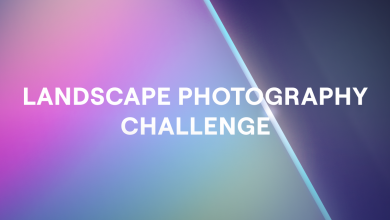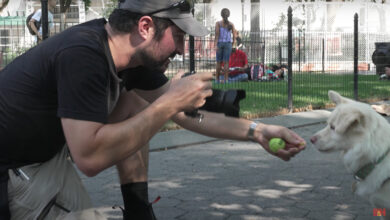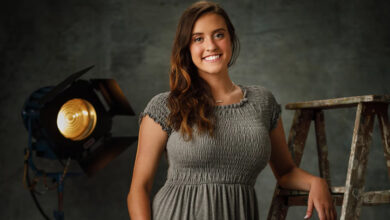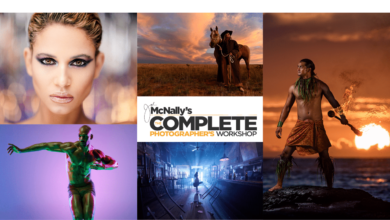This is why I (almost) always ignore my light meter
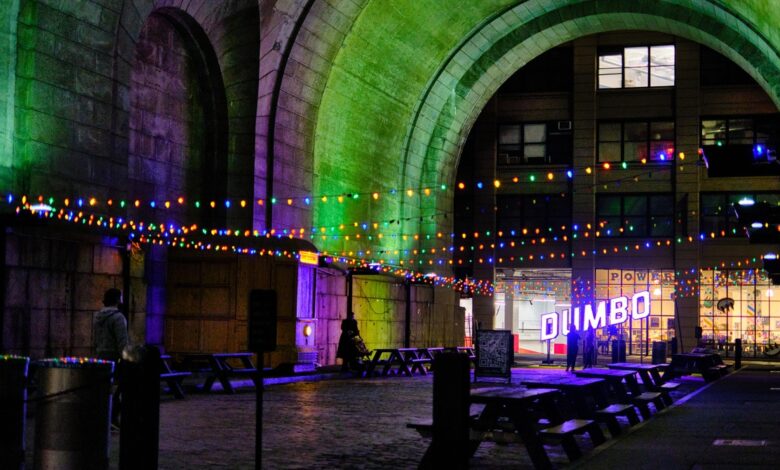
My first camera was the Minolta SRT-101. I love that camera. It is a great tool to learn about photography and manual exposure. Since it’s operated entirely manually, the internal meter is my only guide to getting the correct exposure, outside of using an external source or just guessing. More than 20 years have passed and the way I use the light meter inside has barely changed. That has changed recently.
In 2021, I upgraded from a DSLR to a mirrorless system. As I continue to gain experience with my new camera, my methods and approaches are changing rapidly. I quickly learned that the move from DSLR to mirrorless was not simply an upgrade, as I thought at first, but more accurately described as a whole new ecosystem to explore. break. There are many ways in which I am rethinking and adapting the way I shoot, but in this article I want to specifically discuss whether I use or rather don’t use a light meter.
EVF and a new way to do things
One of my biggest hesitations about upgrading to mirrorless was that I had to sacrifice my optical viewfinder. I really felt that the EVF would be inferior to the optical viewfinder and did not provide an accurate view of what my image would look like when using exposure simulation. I also believe the EVF for studio work would be a compromise and worry that it might even be distracting since I’ll be looking at what I consider a small, grainy screen. Keep in mind I’ve only worked with older EVFs, so I don’t know what to expect with a modern mirrorless system.
Needless to say, the EVF in my new mirrorless camera is almost as perfect as one might expect. It is extremely accurate in terms of exposure, color and contrast. This means that, while using exposure simulation, what you see is what you get. And that leads me to the point of this essay.
Eyeballing it with some help
There was not a single time when I purposely ignored my light meter. It just happened by itself, and I realized it after the fact. This is because at some point I found myself having to pay attention to my exposure and use the monitor itself as a guide to get it right. Now, there will probably be some feedback on this, and I already know the potential downsides of this approach, so let me test it out a bit. Firstly, I always shoot in raw, which gives me maximum exposure latitude if I need to adjust it later. Second, I shoot with histogram enabled, which I find to be a much better tool to use for metering than the exposure scale. Instead of looking at a line like a ruler, I now see a graph of where my lights and shadows are located. This visualization makes changing my settings faster and more intuitive if I need to make changes after being glued to the screen. More often than not, however, I use the histogram as a backup to make sure my exposure is within an acceptable range, i.e. not clipping either side of the histogram. Because the EVF is extremely accurate and such a high resolution, this method has worked quite well for me.
Real-time ad exposure
One of the biggest benefits of using this method is that it allows me to be more creative with my lighting, while largely ignoring the “correct” exposure. For example, I might intentionally underexposed a landscape scene in daylight, giving the image a much more dramatic look. Conversely, I might intentionally over-brighten a portrait, for example, to give it a dreamlike quality. By using my eyes and not being limited by a single line of measure, I can open many doors to creativity. Not to mention the fact that light meters are often wrong when encountering difficult lighting situations. In the past, as many of us have done, I would measure a uniformly lit portion of a scene and then recompose. In my new camera, the viewport looks like the result after pressing the shutter button, so the act of composing a shot in the viewfinder has become an easier and more enjoyable experience. 
Yes, there are always exceptions
As with anything, there are always exceptions and times when I avoid keeping an eye on it. For example, this method does not work in a setting where strobe lights are being used. So in my studio I turned off exposure simulation and used a mirrorless camera similar to how I shoot with a DSLR. Also, there are cases where I prefer watches over eyeballs, especially when lighting conditions are extremely bright or dark across the entire frame. In this case, the display may become less reliable, but I don’t see this as a common problem.
Revealing what I’ve learned
I think it’s natural to be resistant to new technology, especially when a technology is designed their way and happy with the tools they’ve used. And this is exactly how I felt when I switched to a mirrorless system. My initial instinct was to use the new tool exactly like the old one, but as I grew with the mirrorless ecosystem, I began to take Yoda’s advice and embrace what I’ve learned. before. Taking my old ways and squeezing them into a very different tool is not only unwise, but also shows a rigidity in changing and adapting. I also think that young photographers starting out with mirrorless cameras have an edge over us who grew up on DSLRs, as their shooting method is based on exactly what the camera does. This technology does not what they expect it to do based on experience with older people and perhaps the archaic system. I think this topic deserves further exploration, but for now, I am embracing new technology and enjoy the fact that every day I discover new ways to create excellent images.
